Teenage Engineering’s M-1s are quite nice, handy little headphones at a reasonable price. They excel not so much in sound reproduction, as in the quality of the headset microphone for mobile phone and video communication. As pure music headphones they would therefore not be my first recommendation. However, if you are looking for a lightweight headset with good voice quality, the M-1 should prove to be a good choice.
Teenage Engineering mainly build synthesizers and sound generators that are as quirky as they are lovable, both functionally and in terms of design, and they have thus gained a firm foothold outside the mainstream. Now they are introducing a headphone that is primarily aimed at owners of the OP-Z synthesizer, but thanks to two integrated microphone options, it can also be used in many other scenarios.

The M-1 is a small, supra-aural headphone whose design and use of materials is very reminiscent of the classic “Walkman” format. Despite its already small dimensions, the speaker arms can be folded inwards for transport. The audio material is fed in via the supplied 100-centimetre mini-jack cable, which can be plugged into either the left or right socket of the headphones. The socket, which is left free, can then be used in two ways: either for plugging in the condenser microphone, which is also supplied, or for adding a second pair of headphones to which the audio signal is simply passed.
The idea behind the headset microphone is primarily to send a high-quality signal to a connected OP-Z synthesizer so you can sample it. What works for the sampler is also an inexpensive way to make it possible to have a conversation during a phone call or video conference. If you don’t have the headset microphone with you, a microphone integrated into the left earpiece takes over the audio transmission. Accordingly, one must, of course, make sure that the headphones are “correctly” positioned, as the microphone is directed forward. Practically, the left and right side of these headphones are clearly marked by small coloured dots at the end of the headband; this colour code follows standard HiFi protocol (left=white, right=red). There is also a small yellow button in the left ear cup which can transmit the following functions to a connected mobile phone: Microphone on/off, answer/end call, play/pause, skip track (press 2x), previous song (press 3x).
Technical data
The technical data of the M-1 reads straightforwardly: the frequency response ranges from 20Hz to 20kHz, the input sensitivity is a little over 100dB, the impedance is 30 ohms (averaged) and the diameter of the drivers is three centimetres. Much more wouldn’t really be possible because the diameter of the ear cups is only five centimetres at the widest point.
In practice
The M-1s look extremely delicate, not only in your hand but also on your head. You hardly notice them. So you have to be particularly careful if you put your hands up to your head, lost in thought, because the edges of the headset joints are quite sharp. The plastic mixture of the connection cable could have done with being a little bit softer because it is a bit rigid and inflexible.
The multi-function button on the left-hand headphone is easy to operate. It has a relatively clear click point and is easy to feel thanks to its elongated shape. The headset microphone with its small gooseneck can be comfortably positioned close to your mouth so that it does not bother you.
Sound
As likable as these small headphones are in the way they look, and in their price structuring, they didn’t really impress me that much – at least on the playback side. Without a doubt they do a good job, but in the direction of bass as well as treble, the size of the playing field is audibly relatively narrow. Similar products in this Walkman format, such as those from Koss, AKG or JBL, offer the sound a bit more room to develop.
Astonishingly, these seems to go a bit further in the bass than in the trebles, where the density of information decreases significantly from about 11 kHz. That doesn’t mean that you shouldn’t listen to a bit of music with them from time to time, but you shouldn’t expect sonic “revelations” here either.
The situation is somewhat different if you use the M-1 for telephoning and – particularly – for video conferencing. Especially when the integrated headset microphone is used, the other side of the microphone has an exemplary speech quality and intelligibility. And since mobile phone and video telephony generally stop at 8 kHz anyway, even the somewhat weak treble does not have a negative effect. Another positive aspect is that the connection coding worked without any problems on all the devices we tested (Apple, Android, Microsoft) and the M-1 was recognised without difficulty as a hear-/talk combination.
Technical specifications
- Ear couplingOn-ear
- Typeclosed
- Transducer principledynamic
- Frequency response (headphones)20 - 20.000 Hz
- Impedance30,55 ohms
- Sound pressure level (SPL)101,88 dB
- Pressure averaged from big and small head253 g
- Weight with cable100 g
- Weight without cable87 g
- Cable length100 cm
What's in the box
- Mini jack cable










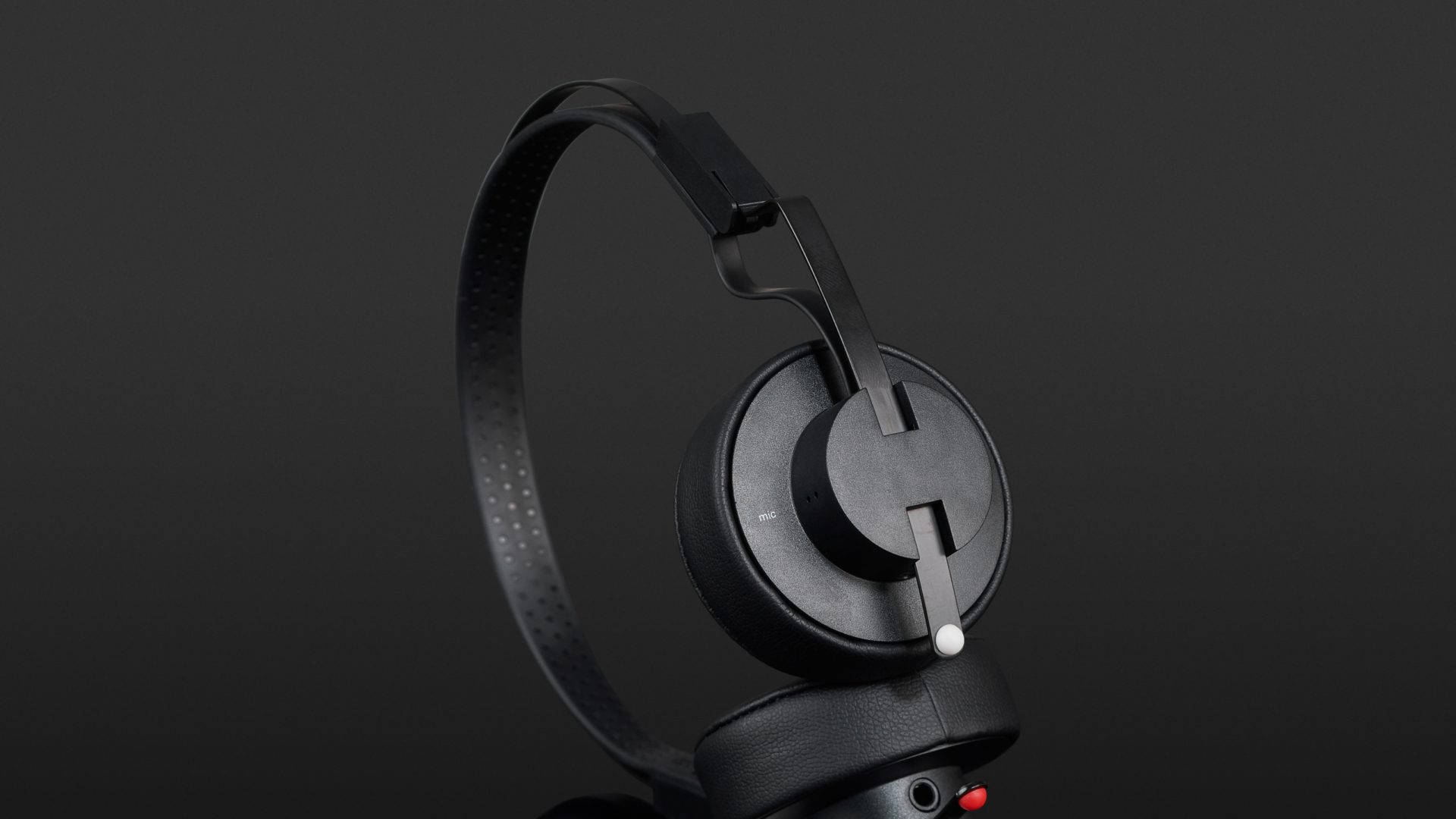
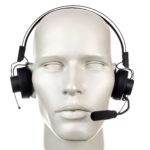
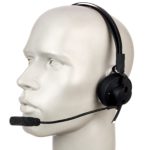
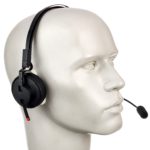
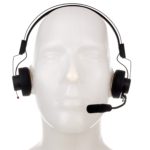
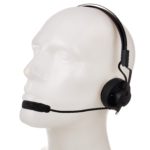
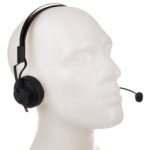





































How do I use these with my iPad / other source ? I can’t seem to use the MIC , I can only monitor . Thanks
The plastic that covers the foam cushions on my set is now splitting and exposing the white foam underneath. I have had them for 3 years. Bad construction and materials.